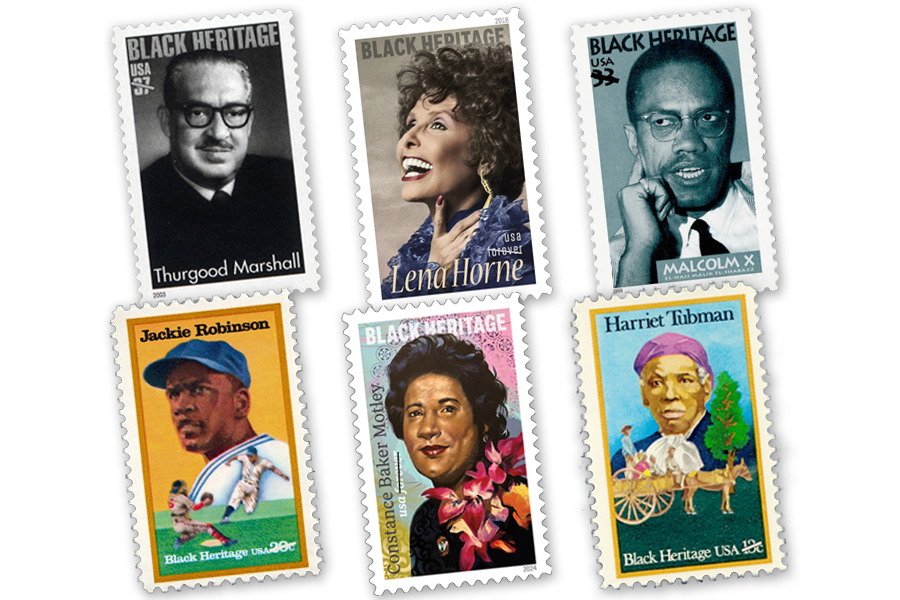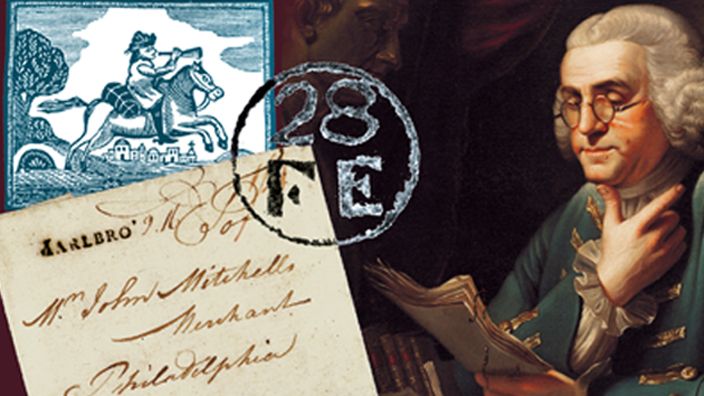The idea for the longest-running stamp series in USPS history is credited to a prominent cultural activist.
According to the American Philatelic Society, in the mid-1970s, Clarence L. Irving, founder of the Black American Heritage Foundation, suggested that the Postal Service increase African American representation on U.S. stamps.
By the end of the decade, a philatelic institution was born.
Fittingly, Harriet Tubman led the way. She graced the first Black Heritage stamp, which USPS released Feb. 1, 1978.
“A richly deserved honor,” John D. Silvera wrote in a glowing piece in Florida Today.
Tubman was followed by Martin Luther King Jr. and Benjamin Banneker.
Other honorees have come from all corners of American culture, including politics (Barbara Jordan, Shirley Chisholm), education (Mary McLeod Bethune), journalism (Gwen Ifill) and the performing arts (Lena Horne, Gregory Hines).
Perhaps the Black Heritage stamp drawing the most commentary on its release was that of Malcolm X in 1999. The consensus was it was a good choice — and a bold one — for USPS to make.
“There was a time when the idea of a postage stamp for Malcolm X, one of the most controversial African-American leaders of the 1960s, would never have made it out of the U.S. Postal Service’s conservative bureaucracy,” The Washington Post reported.
However, the stamp was announced to “much praise,” The Post continued, including backing from former critics of the activist.
While African American representation on stamps has increased significantly in recent decades, only one honoree is chosen for the Black Heritage series each year.
The stamp honoring this year’s selection, legal pioneer Constance Baker Motley, will be released next week.
The “History” column appears occasionally in Link.



